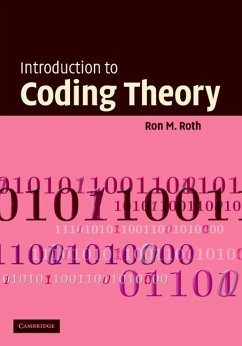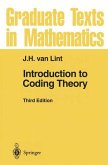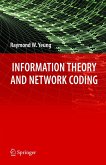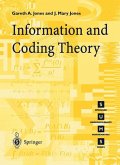Error-correcting codes constitute one of the key ingredients in achieving the high degree of reliability required in modern data transmission and storage systems. This 2006 book introduces the reader to the theoretical foundations of error-correcting codes, with an emphasis on Reed-Solomon codes and their derivative codes. After reviewing linear codes and finite fields, the author describes Reed-Solomon codes and various decoding algorithms. Cyclic codes are presented, as are MDS codes, graph codes, and codes in the Lee metric. Concatenated, trellis, and convolutional codes are also discussed in detail. Homework exercises introduce additional concepts such as Reed-Muller codes, and burst error correction. The end-of-chapter notes often deal with algorithmic issues, such as the time complexity of computational problems. While mathematical rigor is maintained, the text is designed to be accessible to a broad readership, including students of computer science, electrical engineering, and mathematics, from senior-undergraduate to graduate level.
Hinweis: Dieser Artikel kann nur an eine deutsche Lieferadresse ausgeliefert werden.
Hinweis: Dieser Artikel kann nur an eine deutsche Lieferadresse ausgeliefert werden.
'... a most welcome addition. ... well tested as a course text. Features include, the extensive collections of interesting and nontrivial problems at the end of chapters, the clear and insightful explanations of some of the deeper aspects of the subject and the extensive, interesting and useful historical notes on the development of the subject. This is an excellent volume that will reward the participants in any course that uses it with a deep understanding and appreciation for the subject.' Ian F, Blake, University of Toronto








